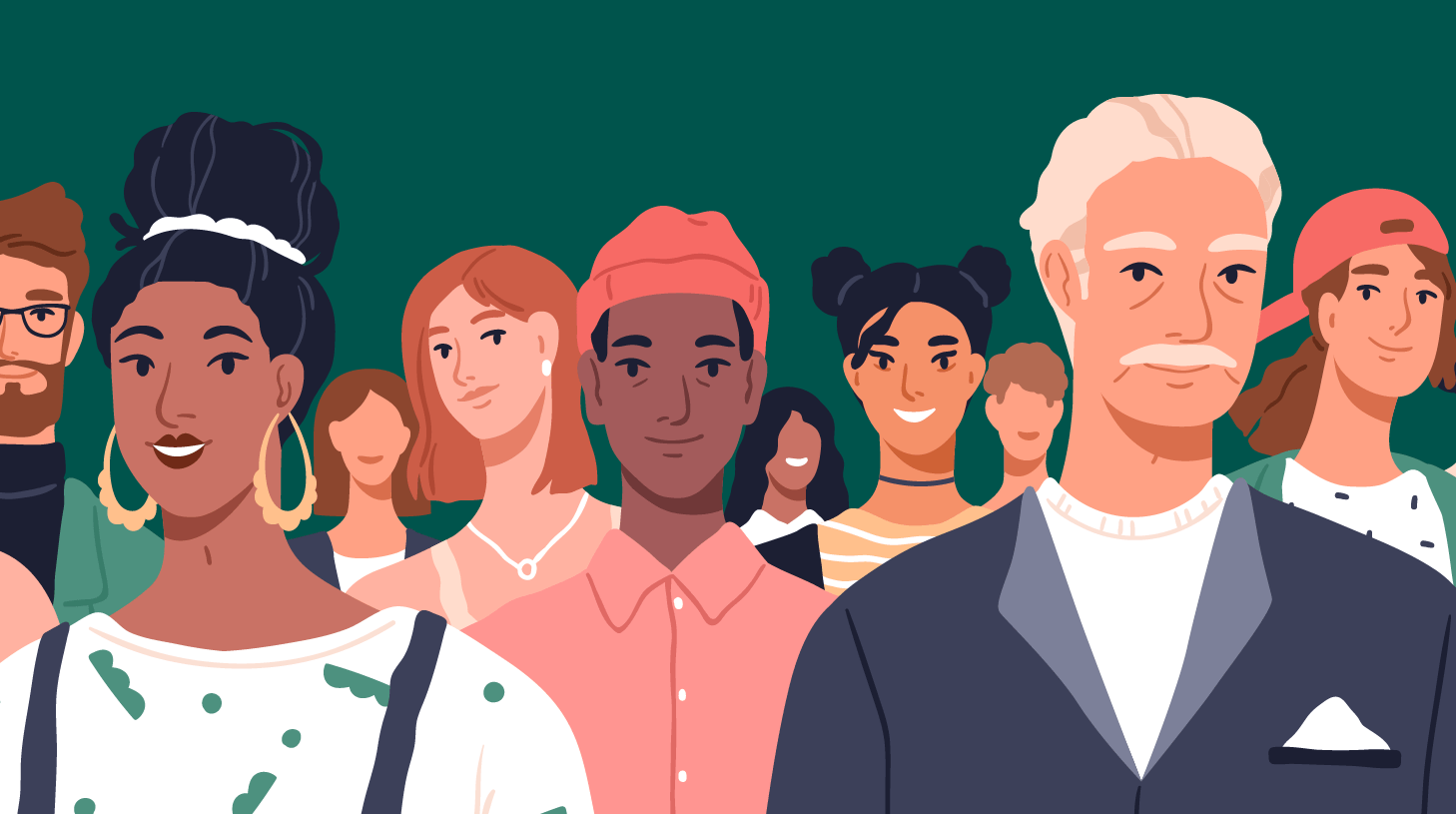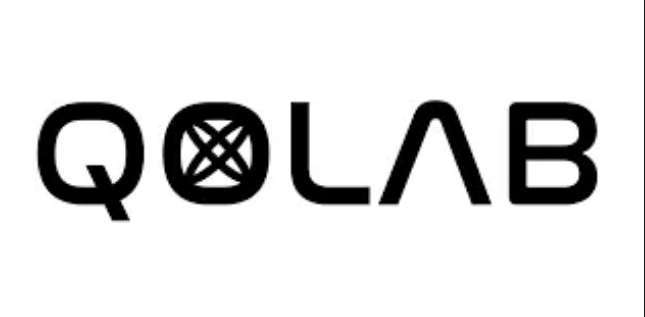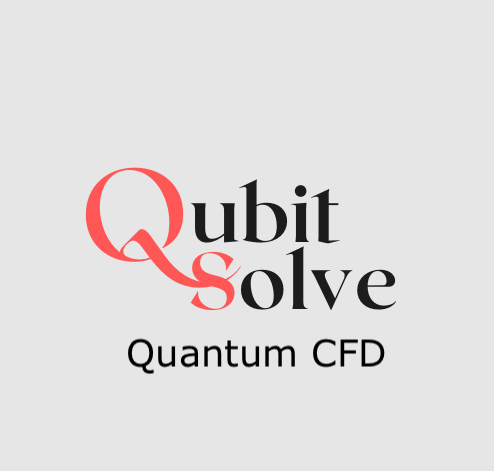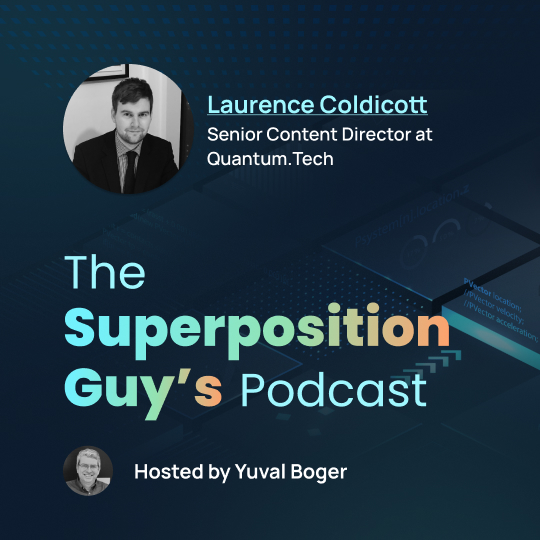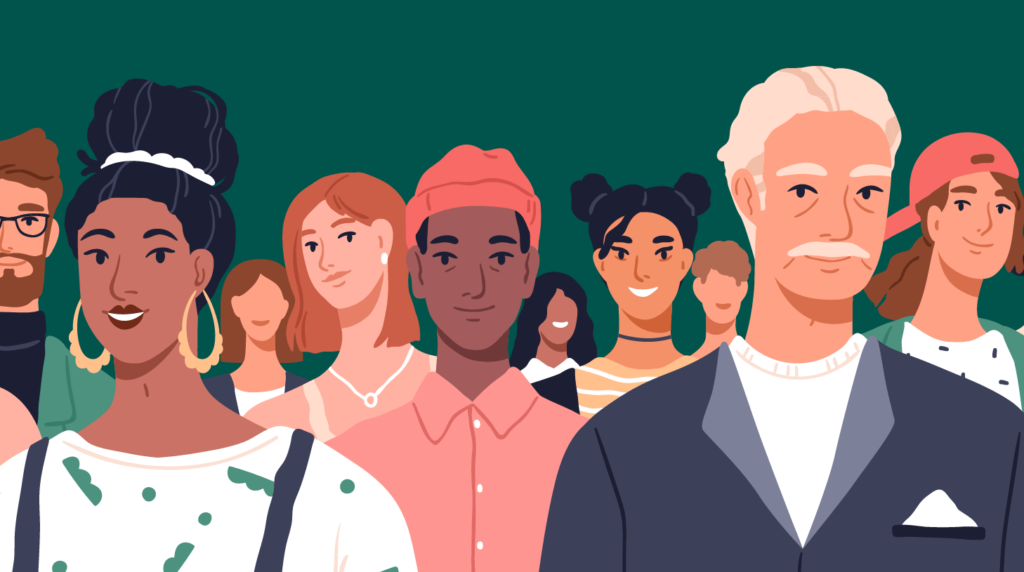
Recently, I published an article discussing the implications and need for proper training and improving diversity in the future quantum workforce. While this previous article discussed underrepresentation in universities, bias in the workforce, and opinions from experts, it gave little advice on actually doing proper training or increasing diversity. After the article was published, I was contacted by someone in the quantum industry asking for more technical methods for fostering diversity and teaching skills. This article is my response. I’m not an expert at teaching, nor a professor at a university, but from my research, I recommend the following methods for universities, organizations, and businesses to implement for not only properly training future employees but encouraging diversity in the process.
The Power of Mentorship
There is no one path to joining the quantum workforce. In fact, most will tell you the journey is unpredictable. This can be a stressful time for those determining if pursuing a career in the quantum industry is a good idea or not. Having a mentor can be beneficial for any career development, not just in quantum science. Mentors can use their personal knowledge to give advice for development or work with an individual to set achievable goals. For those looking for a mentor, find a person who is working or has worked in the career you want to pursue, and ask them if they would be your mentor. Depending on their workload, they should be open to it.
A mentorship program is an excellent opportunity for businesses or universities, as it costs relatively little, and has an enormous payoff. All the program requires is pairing mentors and mentees, and monitoring success or making sure all matches are successful. Mentors are especially beneficial to those in underserved communities. A 2015 study in the Journal of Community Psychology found significant improvement in academic performance by underserved students who were being mentored. This is just one example of the power of mentorship.

Make Learning Adaptable
In 2020, the Coding School, a 50I c (3) had found that their online curriculum of teaching quantum computing was steadily growing, from 1500 students to 7500 students. In order to better understand how impactful the material was, the program leaders, including CEO Kiera Peltz, ran a survey. The results of their survey were rather shocking. “In our year-long course, we found out that about 800 of our students who were from developing countries were taking the course on their cellphones or mobile devices,” Peltz explained. “Our course was not mobile-friendly initially, because it is about quantum computing, and we thought you’d need a computer to do it.” This didn’t stop the team, as they went out of their way to make their class adaptable for these students. “We rapidly pivoted the course to make sure everything was mobile-friendly and to make sure there were apps that the students could use,” Peltz added. From their modifications, the team saw significant improvement in learning and engagement from their students.
This method of adapting a program can be much more expensive for a university or business to pull off, but it is incredibly effective at bridging the digital divide. The “digital divide” is a term that means the gap in regions or demographics who don’t have access or have limited access to ICT (Information and Communications Technology), compared to those who do have access to this technology. The digital divide can be realized if certain households or individuals don’t have personal computers, smartphones, tablets, or even access to the internet. It is unsurprising that those hardest hit by the digital divide are usually minority or underserved communities. The digital divide leaves people behind, untrained to use the technology of today. As people use this technology to socialize, work, or learn, it can be extremely detrimental to those without access. Bridging this divide not only gives these individuals a chance to “catch up” but to be exposed to all potential future careers.
This process can be costly, reformatting or developing new programs entirely for certain devices used heavily by underserved populations, but has a large pay-off in reaching those from diverse backgrounds. This method is also a way to reach more individuals and to expose them to technology that will be an integral part of our future.
Use the Resources Available:
There are many resources available to organizations that are teaching quantum science. From high schools to businesses to universities, these resources are easy to find and are available through several channels. IBM has its own quantum computing school, where anyone can learn quantum computing via python coding (don’t worry, they also teach python). Other places, such as Quantum Learning, offer an exclusive forum for teachers with free resources. You can even find a list of workshops and talks about quantum technology at this link. It’s important, especially for those in underserved areas, to take advantage of the free and available resources already established on the internet in order to properly “catch up”. However, this may be tricky, as underserved communities tend to be more “time-poor,” with less free time to pursue this learning. As such, schools and other areas should implement these programs into their curriculums as an advancement to education. These resources can make learning quantum science relatively easy and straightforward while saving time and money for those doing the teaching.
These are just a few methods to improving the diversity of the incoming quantum workforce. There are many other methods with successful results, such as speaker series, lectures, volunteering, presentations, or symposiums. While businesses and universities may wonder why these programs and methods are necessary, the learning and inspiration that they can give to students, especially in underserved areas, is essential in increasing diversity in our future quantum technology workforce.
References:
Bayer, Amanda, Jean Baldwin Grossman, and David L. DuBois. 2015. “USING VOLUNTEER MENTORS to IMPROVE the ACADEMIC OUTCOMES of UNDERSERVED STUDENTS: THE ROLE of RELATIONSHIPS.” Journal of Community Psychology 43 (4): 408–29.
Fisher, Chris. 2019. “Q-Site.” Q-Site, IBM. April 2, 2019.
“QSI” 2021. Quantum Strategy Institute. 2021.
“Quantum Education Resources | Events | Optica.” 2020. Osa.org. 2020.
“Quantum Learning Teacher Resources.” 2018. https://teachers.quantumlearning.com/
Interviews:
Kiera Peltz of The Coding School and Qubit by Qubit
For more market insights, check out our latest quantum computing news here.

